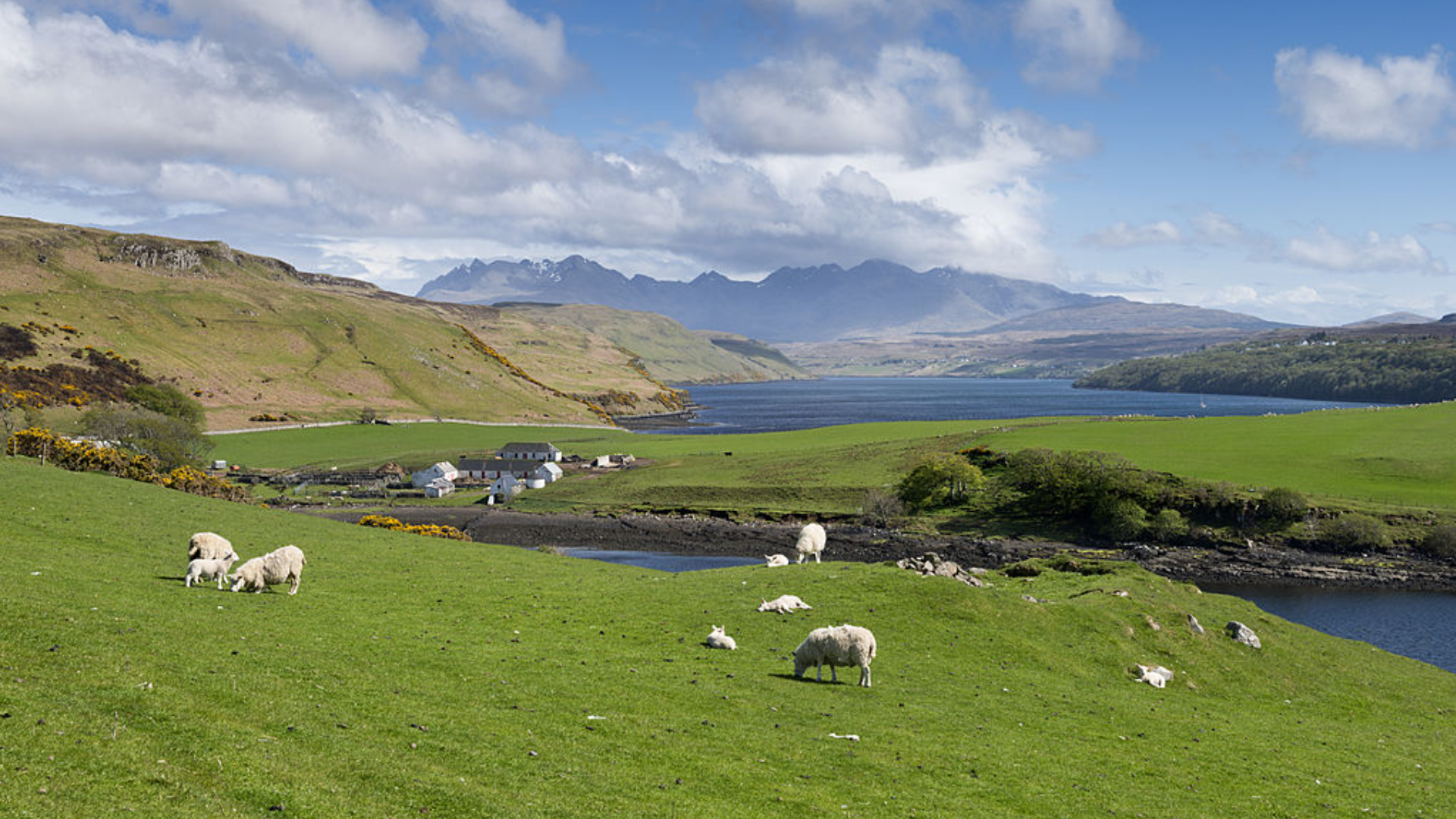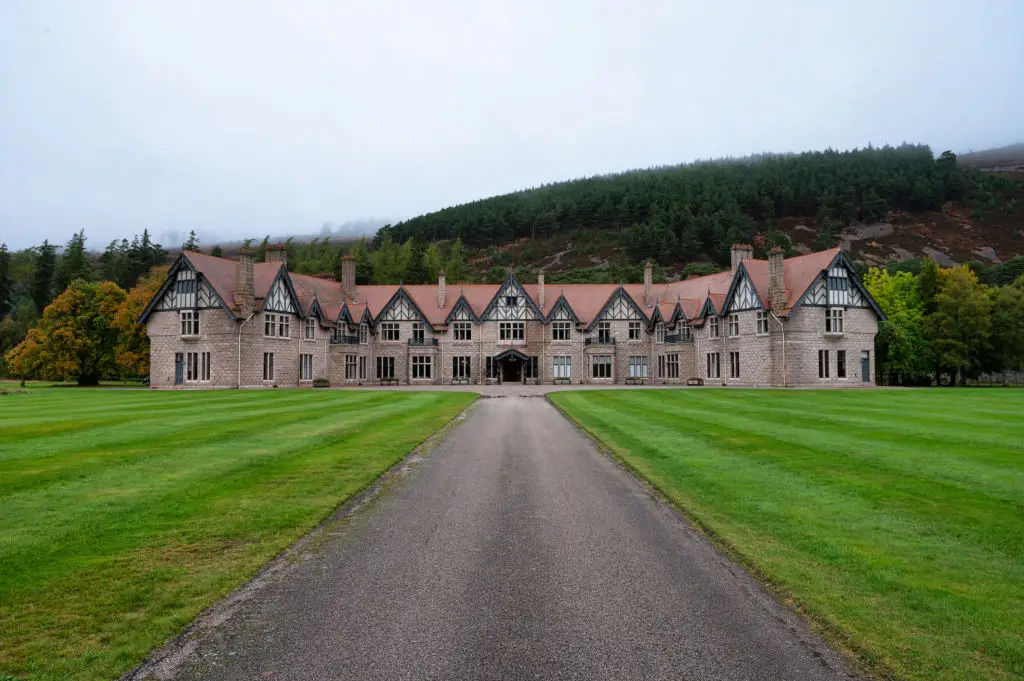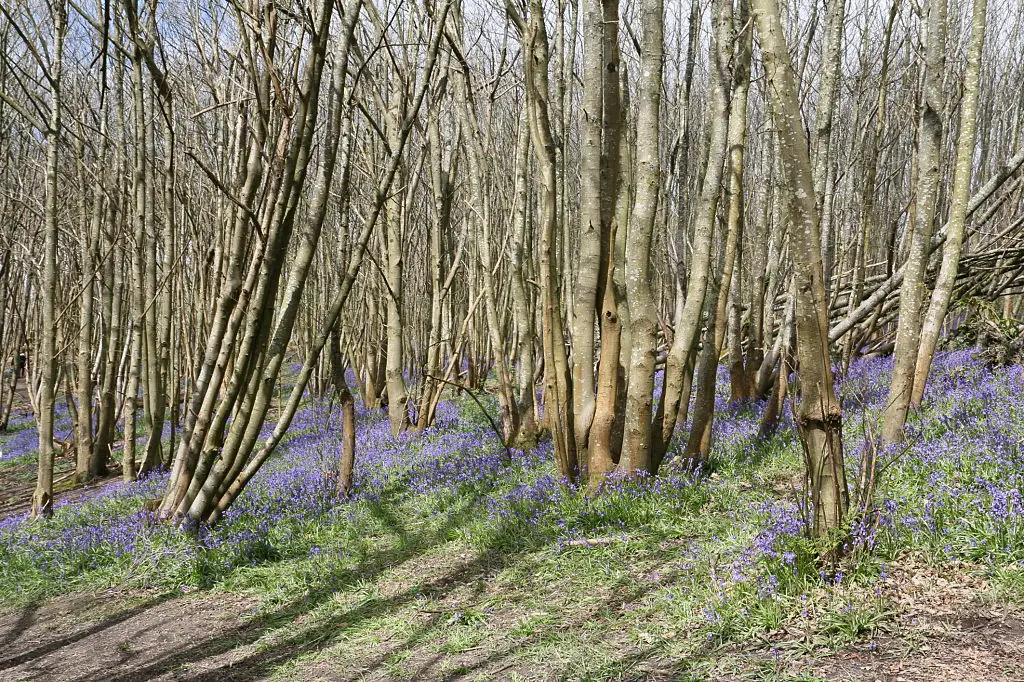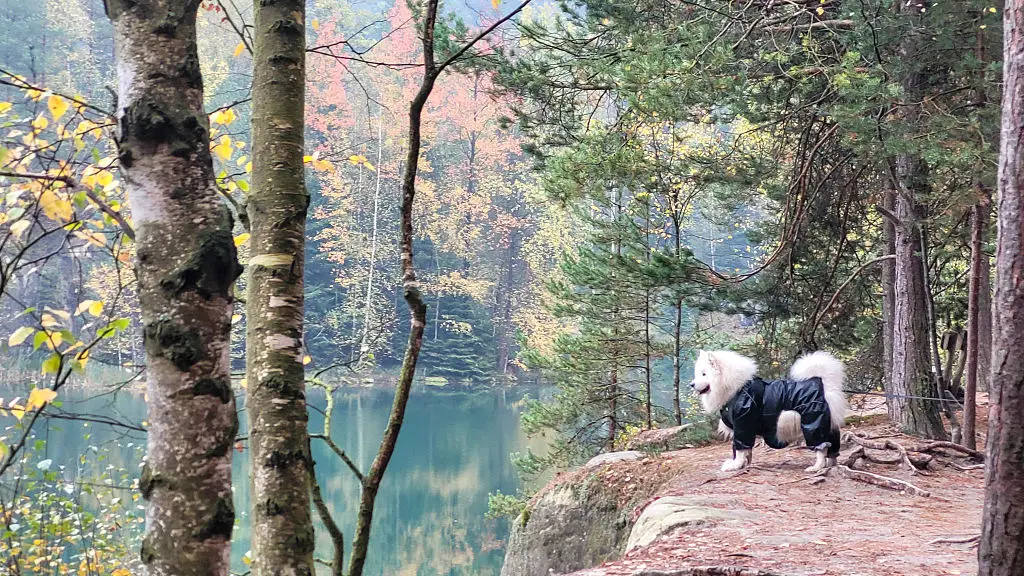7 Re-Wilding Retreats: Volunteer to Restore Nature
Re-wilding retreats let you step beyond hiking trails and contribute directly to nature’s recovery. These volunteer-focused stays pair practical restoration tasks — planting native trees, removing invasive species, monitoring wildlife — with on-site learning and often simple, shared accommodation. Some programs are organized by established conservation charities that run structured volunteer weeks; others are smaller sanctuaries that welcome drop-in help or seasonal volunteers. Either way, you’ll learn field skills, meet conservation professionals, and see the tangible results of habitat work. Costs and formats vary: some projects ask volunteers to pay a participation fee that covers lodging and instruction, while others operate on donation or volunteer-exchange models. Season matters too; many projects concentrate activity in spring through autumn when fieldwork and wildlife monitoring are feasible. This list highlights seven re-wilding retreats and related volunteer programs across the UK, Europe, and North America. Each entry explains who runs the work, the common activities volunteers do, the typical accommodation setup, and what to double-check before signing up. Note that available details reflect published reporting and program summaries; where specifics (fees, exact dates, application processes) are missing, I flag those gaps so you can verify the latest info before booking. Whether you want a week of hands-on tree planting in the Highlands or a citizen-science expedition in the Carpathians, these options offer meaningful ways to help restore ecosystems.
1. Dundreggan Estate (Trees for Life), Scottish Highlands

Dundreggan is Trees for Life’s flagship rewilding estate in the Scottish Highlands, running volunteer conservation weeks that focus on native woodland restoration. Volunteers typically plant native saplings, maintain tree guards, remove invasive species, and help with habitat surveys that support pinewood regeneration. Accommodation on the estate is basic but comfortable, often shared or dorm-style, and the schedule mixes fieldwork with short learning sessions led by staff. Trees for Life has developed a “paying volunteer” model in some cases, where participants contribute toward accommodation and project costs while receiving guidance and equipment. The estate’s long-term work includes restoring Caledonian pinewood and creating conditions for iconic native species to thrive. If you’re drawn to structured hands-on conservation in a rural setting, Dundreggan is a strong option; confirm current volunteer program dates and any participation fees on Trees for Life’s official site before planning travel. Because winters can be harsh and fieldwork seasonal, spring through autumn weeks usually offer the most active restoration tasks and better travel conditions.
2. Mar Lodge Estate, Cairngorms National Park, Scotland

Mar Lodge Estate is one of Britain’s largest national nature reserves and a major site for habitat-scale conservation in the Cairngorms. Management there focuses on restoring native woodlands, reducing grazing pressure in key zones, and re-creating mosaic habitats that benefit ground-nesting birds and upland plants. Volunteer roles vary by season and partner organization but commonly include vegetation management, fence work, and species monitoring tasks that feed into long-term restoration plans. Accommodation for volunteers is usually provided through partner trusts or local visitor centers; expect simple lodgings or camping options in partnership programs. The estate’s scale means projects can be physically demanding and often remote, so a reasonable fitness level helps. Local rangers and conservation partners usually run induction sessions to cover health and safety and the ecological goals behind each task. Before committing, check which partner organization is recruiting volunteers, whether training is provided, and what equipment or clothing you should bring for mountain weather and muddy ground.
3. Blean Woods & Kent Rewilding Projects, England

Kent Wildlife Trust and local partners have been developing rewilding projects in and around Blean Woods, a landscape where habitat connectivity and species reintroduction are active priorities. Reporting has highlighted initiatives tied to species reintroductions and expanded habitat management, including public-facing work around woodland restoration and scrubland management. Volunteers in these projects often help with non-native species removal, planting native woodland trees and shrubs, and carrying out simple wildlife monitoring tasks such as bird or invertebrate surveys. Where ambitious species projects are underway, local trusts coordinate careful monitoring and community engagement to ensure interventions support long-term ecosystem recovery. Accommodation is commonly locally based — volunteer days, weekend events, and occasional residential weeks — rather than large on-site retreats, so many volunteers combine this work with nearby guesthouses or local camping. Because these are community-driven programs, check the Kent Wildlife Trust or local project pages for current volunteer schedules, skill requirements, and any participation fees or safety briefings required for new volunteers.
4. Carpathian Rewilding Expeditions (Romania and surrounding areas)

The Carpathian Mountains cover some of Europe’s most extensive unfragmented forests and support big populations of wolves, bears, and lynx. Several expedition-style projects invite volunteers to support scientific monitoring and habitat restoration, often run through conservation partners or expedition operators. Typical volunteer activities include camera-trap deployment and checks, track and scat surveys, habitat condition assessments, and community outreach that supports coexistence strategies between people and large carnivores. Fieldwork can be remote and may require multi-day stays in basic field camps or local guesthouses; projects are suited to those comfortable with rustic conditions and a hands-on scientific approach. Organizations like Biosphere Expeditions have partnered on citizen-science trips in these regions, offering structured roles for volunteers with clear research aims. Because the Carpathians span multiple countries, logistics, permits, and seasonal windows vary; confirm travel requirements, language support, and physical demands before booking so you know whether the expedition’s pace and living conditions match your experience level.
5. Sheepdrove Organic Farm — Rewilding Transition Projects, England

Sheepdrove Organic Farm has been noted for transitioning parts of its land toward more nature-friendly management and rewilding experiments that combine organic farming with habitat restoration. Volunteer opportunities there often center on hedgerow planting, pollinator habitat creation, and low-impact restoration tasks that support a shift from intensive production to greater biodiversity. Tasks are practical and educational, making Sheepdrove a good fit for volunteers who want to learn how regenerative practices operate on working farmland. Accommodation options commonly reflect the farmstay model — basic on-site lodging or nearby guesthouses — and projects emphasize community learning alongside hands-on conservation. Because farm-based rewilding often balances production and restoration goals, volunteers can expect a blend of agricultural work and ecological tasks; confirm the program’s focus, seasonal availability, and any costs or booking windows before travel. Sheepdrove’s approach is a useful example of how rewilding can be integrated with sustainable agriculture.
6. Biosphere Expeditions — Structured Scientific Volunteer Programs

Biosphere Expeditions organizes citizen-science conservation trips linked to rewilding and wildlife monitoring projects across Europe and beyond. These organized expeditions pair volunteers with professional researchers to gather data on target species, assist with camera trapping, conduct biodiversity surveys, and carry out targeted habitat restoration tasks. The format is typically a week or more of intensive fieldwork, with training and clear research objectives provided at the outset. Accommodation ranges from basic field camps to simple guesthouse lodging depending on the project. Because Biosphere Expeditions emphasizes scientifically robust outcomes, volunteer contributions directly support conservation decision-making, making these programs appealing to people who want measurable impact from their time in the field. Application details, fitness requirements, and participation fees are project-specific; consult the operator’s current listings to review logistics, dates, and what gear to bring. This style of organized citizen-science volunteering is a strong way to combine hands-on rewilding work with meaningful data collection that helps shape long-term conservation strategies.
7. College Hill Wilderness Sanctuary — New Wilderness Trust, Vermont, USA

The College Hill Wilderness Sanctuary, operated by the New Wilderness Trust in Vermont, is an example of small-scale North American land protection and restoration where volunteers can support rewilding-style work. Activities typically include invasive plant removal, native species planting, trail maintenance that minimizes habitat fragmentation, and local conservation outreach. Volunteer days and community events are common formats, with occasional longer stays depending on the sanctuary’s volunteer program. Accommodation for visiting volunteers is usually arranged off-site in nearby towns or in simple on-site arrangements when available. Research provided for this list indicated a gap in broad, retreat-style rewilding programs across North America compared with Europe, so projects like College Hill offer local hands-on options rather than large, marketed volunteer retreats. If you’re based in North America and want an immersive experience, contact New Wilderness Trust or similar local land trusts to ask about residential volunteer weeks, work-exchange possibilities, and seasonal schedules. Verify current volunteer opportunities and any training or tools required before traveling.
Final Steps: How to Choose a Re-wilding Retreat and What to Ask

Choosing the right re-wilding retreat starts with matching your goals and comfort level to the program’s format. Decide whether you prefer a structured, research-driven expedition with set scientific aims or a community-focused volunteer week that blends practical tasks with education. Ask organizers clear questions before booking: what are the exact tasks you’ll perform, what level of fitness is required, what is included in the fee (meals, lodging, insurance), and whether training or specialized equipment is provided. Check seasonality and local travel logistics, especially for remote sites where weather shapes the window for fieldwork. Respect local rules: rewilding projects often follow careful ecological plans, so volunteers must adhere to biosecurity measures and data protocols. If cost is a concern, inquire about scholarships, work-exchange arrangements, or day-volunteer options that let you participate without a long stay. Finally, treat the experience as both work and learning — you’ll contribute to measurable habitat gains and return home with practical skills and a deeper sense of how restoration unfolds over years. For the most current program details, always consult the hosting organization’s official site and reach out directly; program specifics change, and organizers can confirm the best volunteer options for your schedule and skills.








